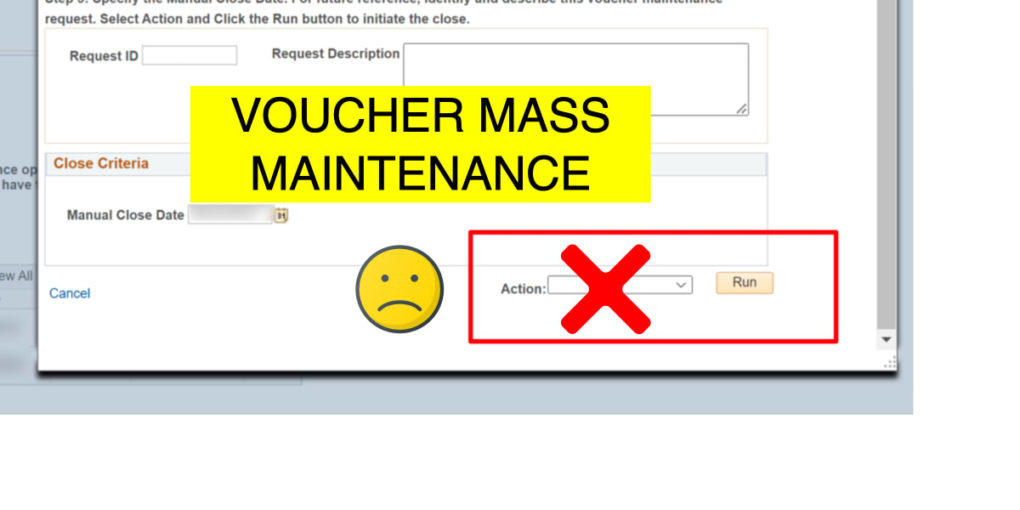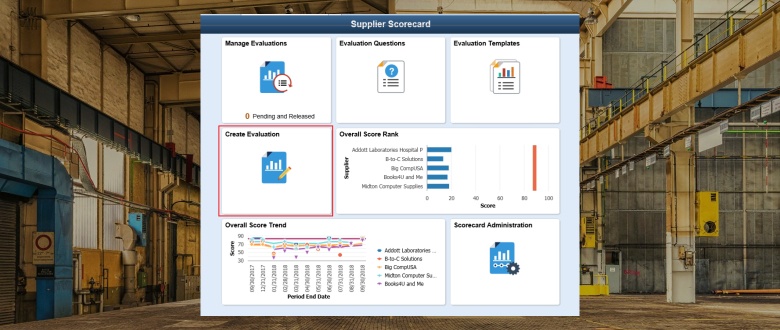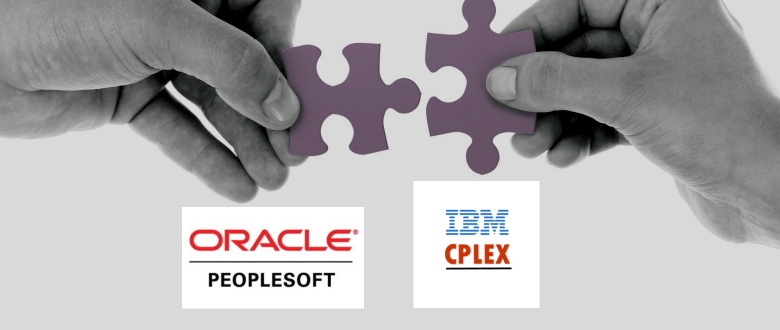Business Unit and Setid in PeopleSoft
For any Financial System, the main aim is to record, process & report the Financials data. In PeopleSoft, we can categorize data as Transaction data and Master (Setup) data.
Continue readingResolved: Missing Action Drop Down on Voucher Mass Maintenance Page
When user tries to run Voucher Mass Maintenance, Action dropdown & Run button isn’t visible. It’s happening due to the missing security configuration.
Continue readingDelivered PeopleSoft WorkCenter Pagelets
WorkCenter reduces the time and effort to navigate various pages. There are 4 pre-configured pagelets for WorkCenters:
Continue readingEvaluate PeopleSoft suppliers using Supplier Scorecard
PeopleSoft Supplier Scorecard allows organizations to evaluate supplier performance based on several pre-configured targets to ensure that suppliers are meeting your standards.
Continue readingIBM ILOG CPLEX in PeopleSoft
Few days ago when PeopleTools 8.57 was made available for everyone on Oracle Software delivery cloud (formerly known as edelivery), I downloaded the install files for PeopleTools 8.57. During the download I noticed a new setup file – V980877-01.zip. This zip file was for ILOG CPLEX 12.7.1 for PeopleTools 8.57. As I wasn’t sure what […]
Continue reading




